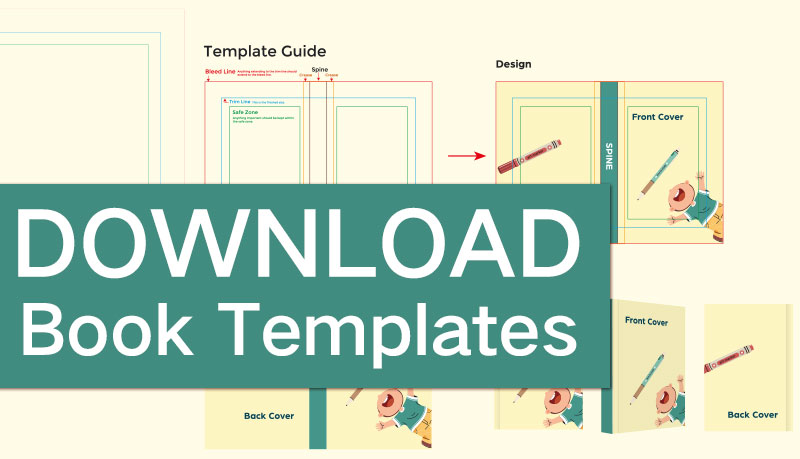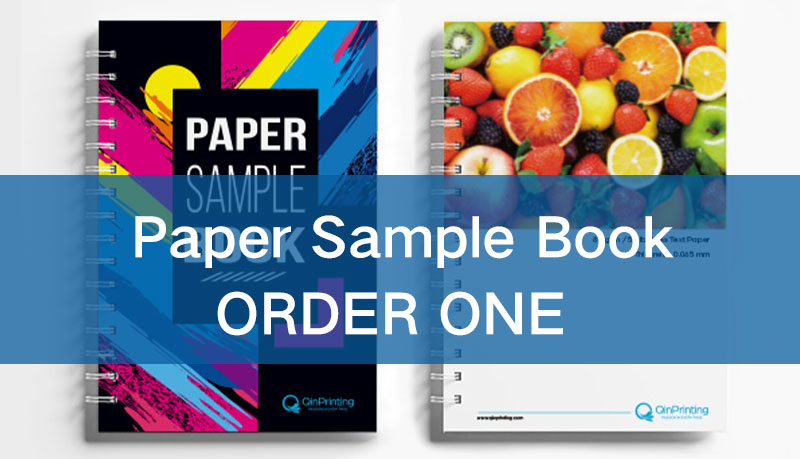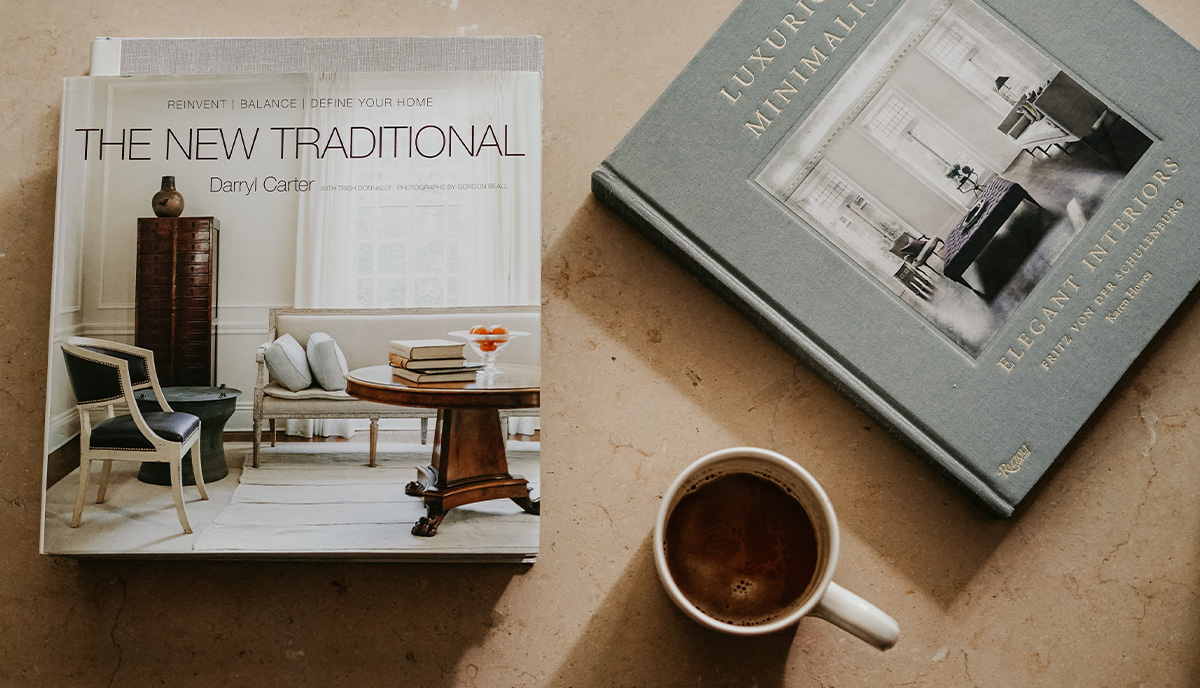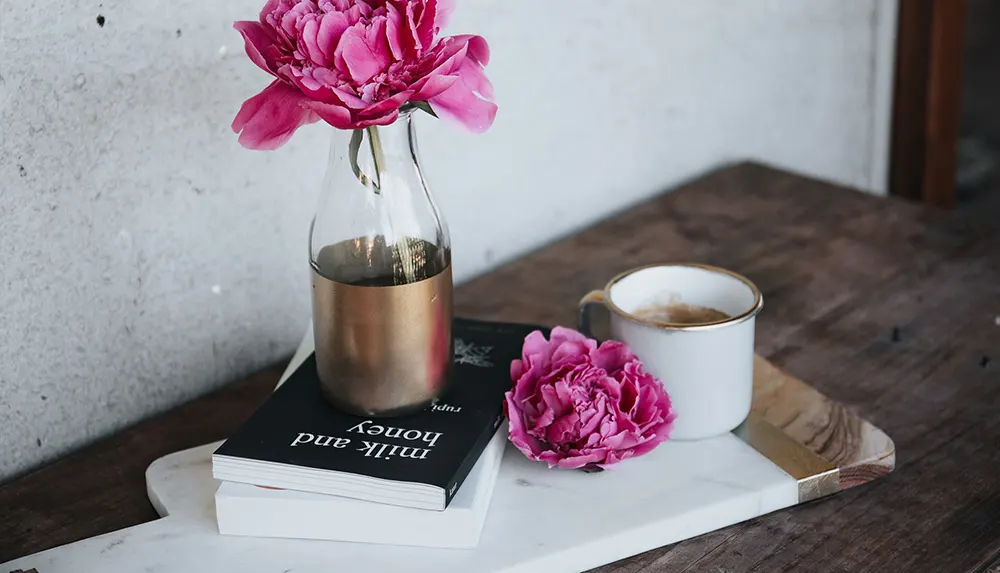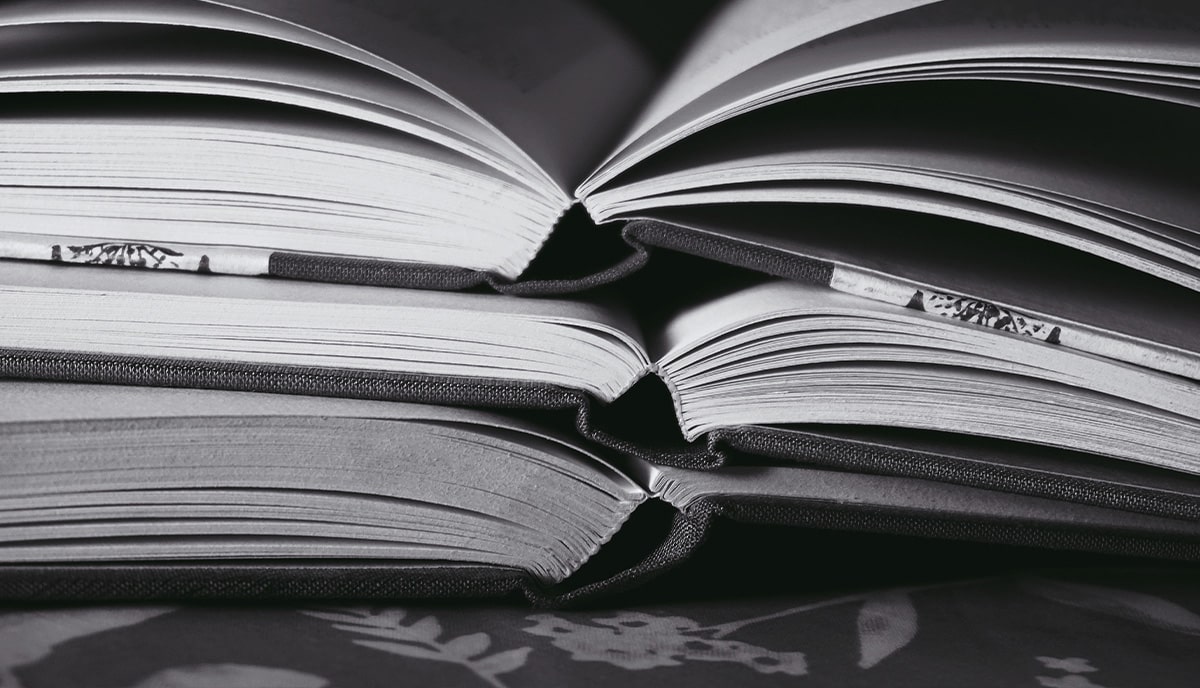Drawing on our knowledge and expertise after 30 years of success in the offset printing and bookbinding industry, we explain step-by-step how to make a coffee-table book, from the first concept to the final printed product
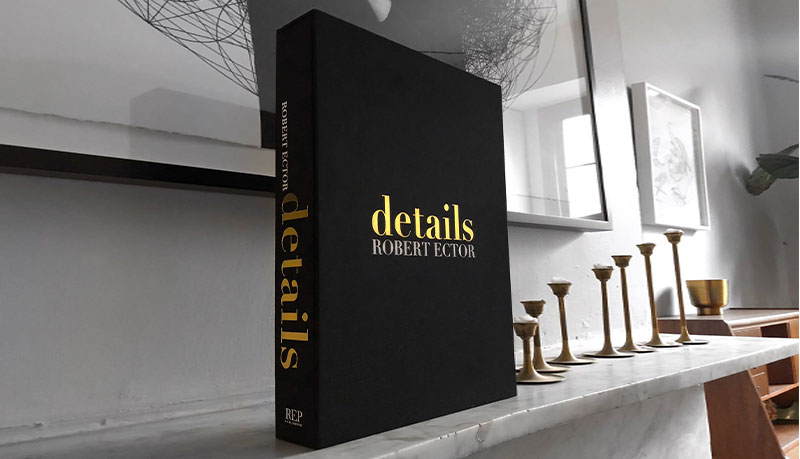
If you'd like to make a coffee table, book either as a limited edition short run or on a larger production scale for commercial purposes, you've landed in the right place. At QinPrinting, we work every day with mainstream publishers, independent authors, artists, photographers, and others to help design and print the most beautiful coffee table books in the world. Our global reputation for excellence and our sincere dedication to personalized customer care sets us apart from other printing and book binding companies. So, here, we'll show you exactly how to make a coffee-table book from concept and design, to formatting and layout, to printing and even marketing and distribution of your finished coffee-table book.
There are plenty of beautiful coffee-table books published every year covering a vast range of styles, content, themes, and approaches, as exemplified in this list of 41 of the best coffee table books selected by New York Magazine. But if you really want to make your coffee-table book an utterly unique expression of yourself, your passion, or your brand, did you know that you can design it and get it professionally printed just exactly as you want it to be? And why not? With the right knowledge and guidance, you can create a high-quality custom coffee-table book which goes the extra mile to impress.
Are coffee table books still popular?
Coffee table books remain extremely popular and account for a significant percentage of hardcover book sales every year in the US and throughout the world. Stylish, decorative, interesting, and evocative: a coffee-table book can express your taste, values, personality, and enhance your home. People love coffee table books and they're as popular now as ever. Either to house and share your fondest memories, as a talking point for guests, or as an expressive accessory to your interior design concept, nothing beats a coffee-table book. Nothing, that is, except a custom-made coffee-table book.
What should be included in a coffee-table book?
First, let's look at one of the key principles that define a coffee-table book and distinguish it from other large format hardcover books such as art books or atlases, for example. There's certainly crossover in some areas, but coffee table books are often more of a visual than a textual medium. They're designed to look great in the home and to be browsed through, glanced at, and enjoyed in a leisurely fashion, without the concentration and exertion a scientific, historical, political, or instructional book, or a novel or an essay collection might require. So, think full-page color or black-and-white photography with brief explanatory or descriptive text limited to a short paragraph on every two-page spread, for example.
The best way to get a good idea of what makes a coffee-table book a coffee-table book, is to browse through as many as you can. It's also a great way to get inspiration for your own! You can keep an eye out for these books in libraries, hotels, upmarket stores and waiting rooms, and check them out in your local high street and independent bookstores. When you're browsing, ask yourself the following questions.
- What the image-to-text ratio is?
- Think about the kind of images included—photographs, art reproductions, illustrations, cartoons, graphic designs, a selection of some or a mixture of all these?
- What is the weight and quality of the paper like?
- Is the surface of the paper soft and subtle or hard and shiny?
- Are there special inclusions, envelopes, flaps, and markers, for example?
- Does it come in a slipcase?
- Does it have one or more marker ribbons?
- How many pages are there?
- Are all the pages white? If not, what colors and textures have been used?
- Is the cover embossed, debossed, foli stamped, or treated with UV spot coating?
- How are text and images displayed and laid out on the pages?
You'll no doubt come up with many more questions worth asking, but you get the idea. We recommend, as we said, that you examine with care as many as you can find. Not only that, but make a note of the title, author's name, publisher, and all your observations for future reference.

What will your book be about?
Before you get started on the design process, it's important to think about who will be flipping through the pages of your coffee-table book. Understanding your target readership can help you refine your theme to better suit their interests and tastes. Whether you're creating a book for art lovers, travel enthusiasts, or culinary aficionados, getting your content in line with what they find interesting will make your book not just beautiful, but also engaging. So, you need to think in terms both of content (so that it's interesting enough to spark conversations) and style (so that it is a great complement to the buyer's interior decoration and reflects their tastes).
Your research will have shown you that most coffee-table book are primarily visual with text kept to a minimum, other than, perhaps, an introduction, a preface, and acknowledgments page. Even then, these are typically only one or two pages long. Of course, you can write more if writing is your thing.
A coffee-table book of your illustrated poetry may be a wonderful idea. Or a more detailed travelogue — accompanied by stunning photography — recounting your journeys in Europe, Africa, Asia, or your road trip across the US from the East to the West Coast. How about a cookery book of your favorite recipes? Perhaps a memoir of your childhood or a family history charting your ancestry right back to the 17th century? Your coffee-table book can be about anything you wish.
But it must be about something! A coffee-table book isn't just a collection of pretty pictures; it's an opportunity to tell a story. Even if you opt for minimal text, think about how the sequence and pacing of your images can create a visual narrative. By carefully curating your photographs or illustrations to guide the reader from one page to the next, you can craft a visual journey that is both emotionally, intellectually, and artistically satisfying.
A random collection of images and words without a unifying theme will make designing your book almost impossible and only baffle and confuse anyone who picks it up. So, give some thought to what you want your book to be about. Armed with that idea, you'll be ready to take the next steps: creating or collating the content and putting it all together by design.
How to write and design a custom-made coffee-table book
If you're skilled with basic book design software such as InDesign, CorelDraw, Microsoft Publisher, or any of dozens of others — some free to download, others at a price — you may want to dive straight into the layout and composition of your book. Or even if you've never tackled a project like this before, if you have the time, you could get started and teach yourself as you go along. Otherwise, you'll want to engage a professional, experienced designer to handle the layout of your book and prepare the files to get them ready for sending to your printer (we hope that will be us, but we acknowledge that other printers exist!).
Whichever route you choose, it's always a good idea to give your printer a call early in the process and get them on-board with the scope and aims of your custom coffee-table book project. If you work with us at QinPrinting we'll be able to make your journey from concept to completion simpler by assigning you a named expert consultant capable of giving detailed advice on what needs doing, when, and how; layouts, fonts, choosing paper stock, organizing your files for submission, printing methods, and more. We even have our own expert designers in-house. But while we wait for your call, let's take a deeper dive into how to make a coffee-table book that meets your creative and commercial needs.
What makes a successful coffee-table book?
This is a great question! The first thing that a successful coffee-table book needs to be, is eye-catching. It's a book, after all, that's meant to be on display. It's got to attract attention and spark interest. But that needn't mean the cover has to be shocking pink and glitzy. It all depends on who you're targeting, remember? So, for a certain reader, an antique-looking, subdued edition with an embossed title and gilded page edges could be the thing to attract attention; for another, maybe a bold, black-and-white minimalist design; for another again, maybe an artisan look with textured Kraft paper and thick, rough-edged pages might steal the eye.
Think of it as a presentation book, if you like. So, it should ooze quality even at the first glance: high-grade gloss paper popping with stunning visuals, a robust and artful cover and dust jacket, and special finishes like color-threaded head and foot bands, and a silk placeholder ribbon. Those would be the standard for most coffee table books. But as you've seen in the examples we suggested before, you can really let your creative imagination go and explore a range of styles and materials to suit your creative vision and your target reader's tastes alike.
Another thing about any coffee-table book is that it should also be BIG. But be careful here: it should be big enough to suggest importance but not so huge that it's unwieldy to handle. You don't want to make it tiresome to turn the pages or give the purchaser a hernia while they're trying to heft it onto their coffee table!
Popular dimensions for coffee table books are anything from an 8-inch square — which is on the smaller side and may need presenting at the top of an artistically arranged pyramid of larger books — up to a whopping 11.24 by 13.5 inches to really impress and dominate the space. Anything bigger than that — aside from starting to transition from impressive to bombastic — will be too big to browse with ease.
How many pages are in a coffee-table book?
How long is a piece of string? No hard-and-fast rules exist to govern the length of a coffee-table book. But as a rule-of-thumb, anything less than 30 to 50 pages may look a bit thin and anything over 300 or so will start to weigh in like a 19th-century family bible — and you may need to get your coffee table reinforced with steel girders to hold it! 50 to 100 pages could be a good average as a benchmark. But it all depends on the overall size of the book and what it's about. Let us know what your concept is for the content, and we'll be happy to advise you on the most appropriate page count for your book.
How to make a coffee-table book mock-up
Whether you're doing the design yourself at home or outsourcing this possibly complex task to a professional designer — or your tech-savvy teenage nephew or niece! — once you've written your text, chosen your photographs and illustrations, and decided on the order they'll be in, it's time to make a digital ‘mock-up' of your book.
But you don't need to generate a ‘proof' of the entire volume at this stage. Focus on the cover — which will include the front, the spine, and the back — one sample of a single page, and one sample of a double-page spread.
The great thing about digital design software is that you can generate multiple versions very quickly with no waste of resources. So, feel free to get creative, experiment, try out every option, and have fun. Once you have a handful or more of designs which look right to you, narrow them down to a shortlist of two or three and test-run them on people whose opinions you trust.
Friends and family could be a good place to start, put a post on your social media for feedback, or ask your interior designer for their perspective. But in the end — while you should take other people's responses into account — it's your book, and it's your call. Go with the design that you prefer.
Whatever design you choose in the end, make sure to avoid a layout which repeats without variation. Experiment with full page images on the left or right opposite a mostly white page with the text positioned center, top or bottom left or right. Try a double-page photo spread with the text in white on a darker area. Try several options. Look at the best coffee table books you can find to get ideas and inspiration. But always make sure there's variation within the layout — where things are positioned — while maintaining a consistent style, the fonts and color schemes used, for example.
If you want to make your coffee-table book truly unforgettable and bring it right up to date in the 21st century, consider adding interactive elements that invite readers to engage with your book in unexpected ways. Fold-out pages can reveal hidden surprises, while flaps might conceal intriguing text or images. But for those who love technology, incorporating augmented reality (AR) features can bring your book to life, blending the tactile pleasure of print with the digital world. Adding scannable codes into your printed book that take readers to a digital space really adds a new dimension. We've seen this work great for artists who have linked their coffee table books to virtual galleries and 3D walk-around images of sculptures, for example. Once you stay to play with this idea, the options are limited only by your imagination and creativity.
Once you're happy, you can complete the layout of the whole book. That, along with any necessary written instructions, you can send to the printer along with the individual files. Just so that you know, most printing companies don't check your files — they just print them. But we actually care about your project and we go the extra mile. We will manually check all your files and suggest any helpful amendments or corrections before we go to press. And we'll send you a complete digital ‘proof' copy before you give us the go-ahead to load the paper, switch on the machines, and let the ink flow.
Getting ready to print your custom-made coffee-table book
If you're working with your own designer or one of ours, you're covered, as they prepare print-ready files for you. But if you — or a family member or friend — is doing this at home, we've a few handy reminders to make sure that you send files that are truly print-ready.
- Photo and image resolution must be at least 300 DPI (dots-per-inch). Digital images are usually about 72 DPI. They look sharp and clean on the computer screen — so that's normal and fine for the design stage — but they'll come out fudged and dull-looking in print. It's easy enough to adjust the resolution with a couple of clicks in most desktop design software. Just remember to do it!
- Switch your color space from RGB to CMYK. Your computer uses a color-creation system — called a ‘color space' in design jargon — called Red/Green/Blue, which can make almost any color on a screen. But it won't do for print. Color printing machines use a different ‘space' known as CMYK — which stands for Cyan/Magenta/Yellow/Key. Key, in case you're wondering, is printer jargon for black. But all you need to know is that the color space must be switched to CMYK before you send the print files. Again, our designers can handle that for you, or it's usually fairly straightforward in the most popular software.
- Design your text using vectors rather than pixels. When text is transferred to paper from the digital database, if it's made of lots of little pixel dots, it can look weird and, well, ‘pixelated' once it's scaled for printing. So, design your text in vectors — which work with lines and curves rather than pixels — and two things will happen: your text will look great on the printed page and your printer will shower happy blessings on your head!
- If you have any questions at any stage, ask us. We're proud of our team of friendly experts and we love helping our customers realize their dreams in print. So don't be shy. We're here to help at every step.
Choosing paper, finishes, and cover styles
Your book will be printed on paper and bound in a hard case. So, to make a truly beautiful object that isn't just enchanting to the eye but tantalizing to the touch, sighing with the satisfaction of its own excellence, the paper and cover choices you make matter. Oh, but there are so many options once you start to look into it! Much will depend on what the book is about, the image you want it to convey, the message you want it to communicate. Also, the content and the size. The weight of the paper, the color, the finish — such as gloss… matte… or something else — and more all need deciding.
As you can imagine, we know a heck of a lot about paper. We're passionate about paper. And it's not as simple as ‘this one or that one'. So, when we get to this point, we'll guide you through and we'll happily send you free samples of the papers we think will work best for your project — actual physical samples through the mail. You can look at them, feel them, smell them. Then you'll know exactly what you've chosen and what you're getting. You'll have the pleasure of making similar choices about covers and bindings. Until we know the details of your project, it's hard to advise you in detail. But once we're working together, we'll take you through all the options, styles, and finishes — including the fancy stuff if you want it, like embossing and debossing and foil stamping. So much to look forward to!
We'd also like to drop in a word about sustainability. At QinPrinting, we take this aspect of our business seriously and strive to make everything we do as eco-friendly as possible. More and more people, including many of your potential readers, are looking for ways to reduce their environmental footprint. When creating your coffee-table book, you might want to consider eco-friendly printing options. We'd encourage you to choose FSC-certified materials, recycled paper, and biodegradable soy-based inks, which combined with our other sustainable printing practices can help you create a beautiful book that's also kind to the planet. It's a small step that can make a big difference and may improve sales among readers who care about sustainability, too.
Marketing your coffee-table book
If you're thinking about selling your coffee-table book at a profit, a bit of marketing know-how can go a long way. Crowdfunding platforms such as Kickstarter and IndieGoGo can be a great way to raise funds while generating buzz, and online marketplaces like Etsy or Amazon provide easy access to potential buyers. You might also consider partnering with local bookstores or galleries for distribution. The more people who see your book, the more opportunities there are for it to shine—and sell. To make your coffee-table book even more special, why not consider creating a limited edition run? Personalized touches like custom inscriptions, dedications, or even numbered copies can turn a beautiful book into a cherished keepsake. Whether you're giving it as a gift or selling it as a collector's item, these little extras can add a layer of exclusivity and personal connection that will delight your readers.
Full dream ahead!
But now it's time to let you work on that first essential step, remember? Decide what you want your custom coffee-table book to be about. Once you've settled on that, let's have an informal, no-obligation chat about how we can help you realize your dream of a truly unique accessory to your home which will leave your guests as delighted as they will be impressed. We can give you a quote upfront, too, so you know from the first what's involved. Just shoot us an email to [email protected] or just call us on +1 226 789 2909 and one of our expert team members will be delighted to help and answer all your questions. Let's talk!






